Fall Yard Maintenance in Vancouver WA and Portland OR
It’s important as we head into winter to stay on top of lawn care and yard maintenance in Vancouver WA and Portland OR. Here are our fall landscaping tips.
Fall Lawn Care
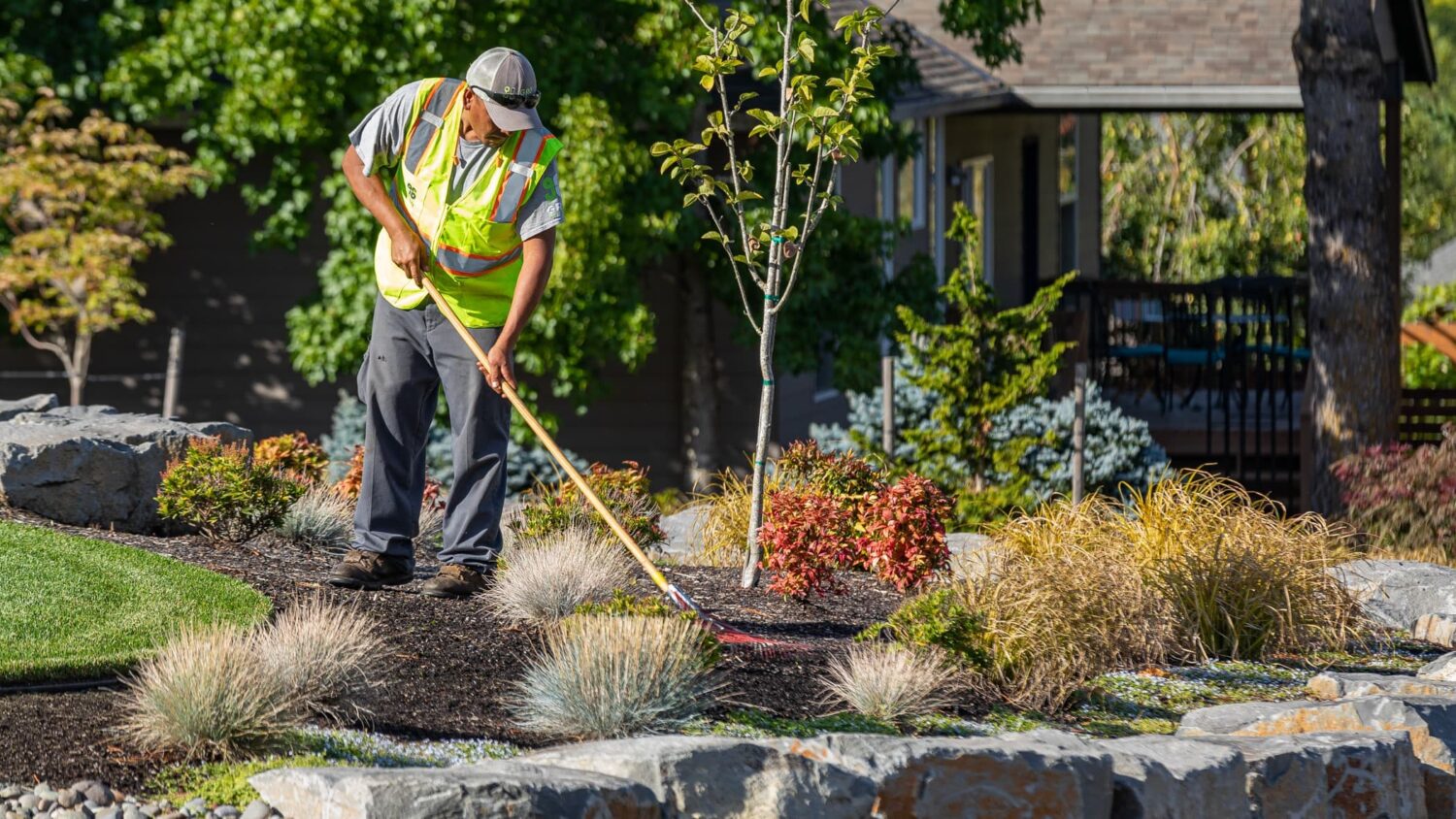
For Landscape Management Services, Contact Us Today.
Raking/Blowing
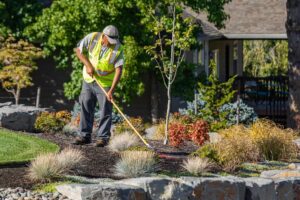
The most important, and perhaps most obvious fall maintenance is removing freshly fallen leaves from any lawn that it has covered. It is recommended to do this as soon as possible without letting the leaves sit for more than four days. This can be hard to time with the wet weather we experience here in the pacific northwest but four days is a good rule of thumb for minimizing the risk of your lawn’s turf dying off, developing mold, or inviting pests like moles, mice, or voles.
Fertilizing
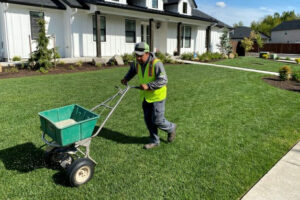
For bark dust, mulch, gravel, and more, please visit our Landscape Supply
Our next tip may not seem obvious given the dormancy winter brings but fertilizing in the fall will make a world of a difference come spring. The leaves provide critical nutrients to not only the trees but other plants as well. When we remove the leaves we save the turf (which would not commonly exist under trees in nature) but we take away critical nutrients from the tree and other plants. To remedy this without sacrificing the lawn or the trees we add fertilizer and mulch. Fertilizing turf in the fall helps protect the grass’s roots from freezing and provides a reserve of nutrients to help catalyze spring growth. We also recommend supplementing leaves with bark mulch. This not only provides essential nutrients to trees and shrubs but also prevents weeds and insulates roots from freezing temperatures.
Planting
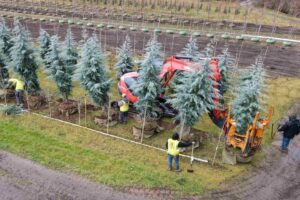
For a full list of our Nursery’s stock, click here
Fall time is a great opportunity to plant. The act of transplanting is disruptive to any plant’s state of being. This can lead to plants not blooming for a season, not growing for a season, and in the worst cases, dying. The best approach is to transplant when the plant is in a dormant state, that way when spring approaches the plant will be able to experience its growth cycle without being interrupted by a transplant. Transplanting is like surgery for plants, and the winter is like a natural anesthetic.
Pruning
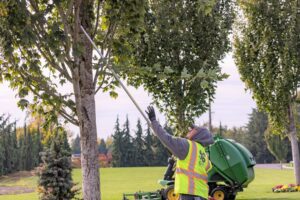
For a full lawn care and landscaping service visit our Maintenance/Garden Services page
Generally, fall is not regarded as a great time to prune. Pruning the wrong shrubs or trees in the fall can lead to them not blooming for a season (much like transplanting at the wrong time). Research on individual plants’ optimal pruning time should be conducted before pulling out the shears. There are, however, a couple critical opportunities and reasons to prune in the fall. The first and foremost is removing dead limbs or limbs that are presenting as potential hazards in snowy, windy, and icy conditions. Secondly, removing foliage that has been riddled with disease. Lastly, foliage that is victim to slug infestations. Slugs lay eggs in the fall so once the first frost sets in, it will be important to trim back the slugs’ favorite plants (i.e. hostas). However, this is not as critical as the winter weather prepping. The main pruning for the fall should be focused on protecting your property and plants from snow, wind, and ice so that when spring comes your lawn maintenance is smooth sailing.

